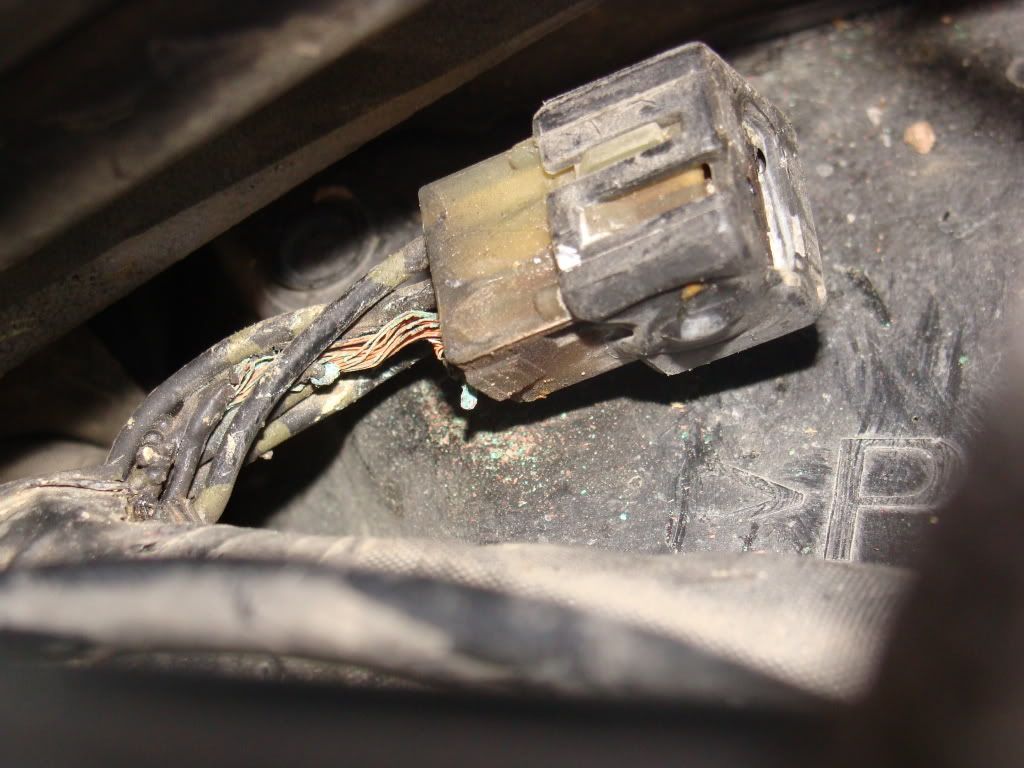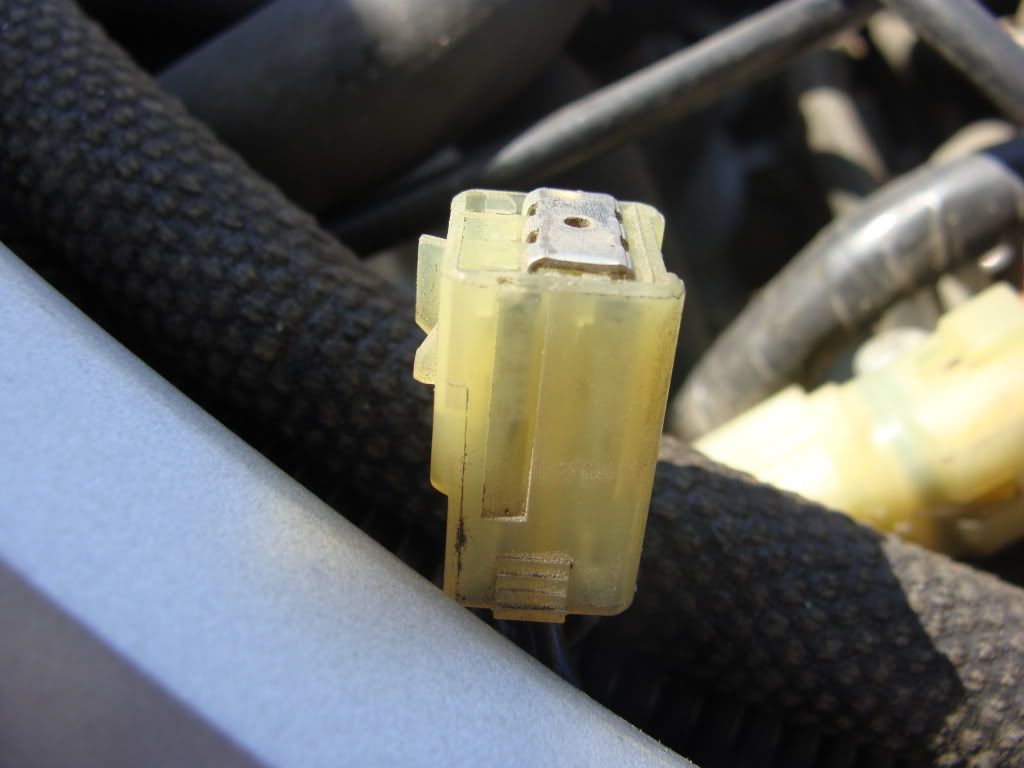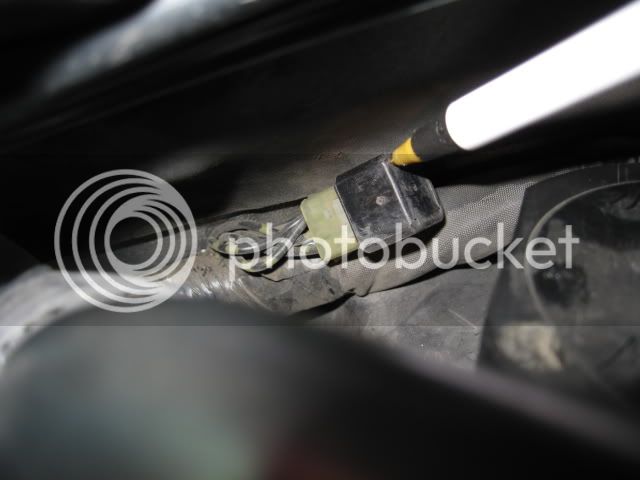Silent
Who said FJR's don't do dirt?
Ok folks, here's a good one. This morning on the way to work, a car pulled up in a driveway like he was going to pull out. I fired off my FF50's as a warning (tied into my high beams). After about a second, the bike stumbled badly, my alarm chirped a few times, and all kinds of wierdness. I've noticed this has happened a few times before, but it is NOT repeatable. I ran with my FF50's on for a good 30+ minutes yesterday in the twisties just to see if I could repeat it and all was flawless yesterday.
Bikes an '07 with 35k miles on the clock. The FF50's are wired to my Blue Sea fues block with a relay that is triggered off the high beams. According to my Passport RD I've got 13.5 with the FF50's on, and over 14 with the 50's off. I doupt it's a power problem as the 50's have been on the bike for the past 1 1/2-2 years.
This mornings run was with 0 accessories.
Yesterday's was with GPS, XM, and Radar.
Thoughts?
Bikes an '07 with 35k miles on the clock. The FF50's are wired to my Blue Sea fues block with a relay that is triggered off the high beams. According to my Passport RD I've got 13.5 with the FF50's on, and over 14 with the 50's off. I doupt it's a power problem as the 50's have been on the bike for the past 1 1/2-2 years.
This mornings run was with 0 accessories.
Yesterday's was with GPS, XM, and Radar.
Thoughts?




































































